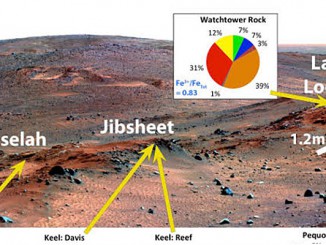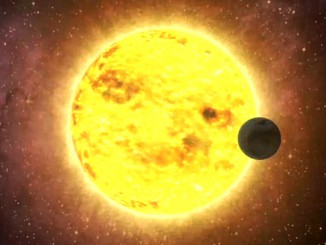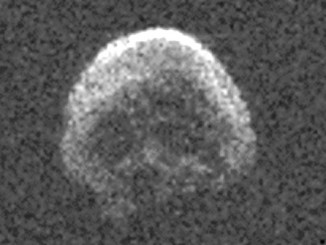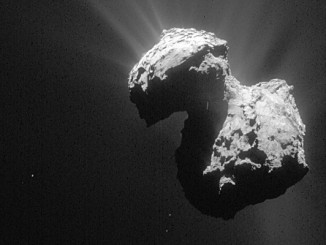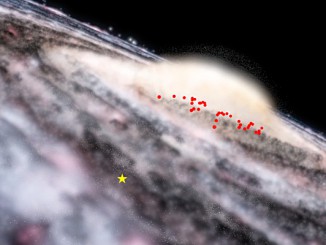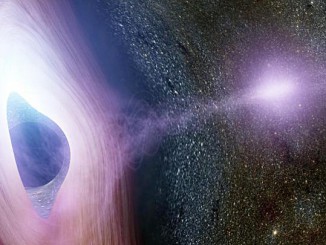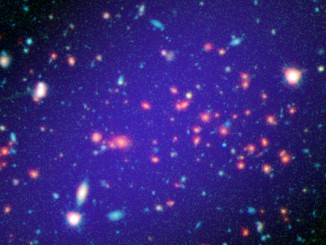
Whopping galaxy cluster spotted with help of NASA telescopes
Astronomers have discovered a giant gathering of galaxies in a very remote part of the universe, thanks to NASA’s Spitzer Space Telescope and Wide-field Infrared Survey Explorer (WISE). The galaxy cluster, located 8.5 billion light-years away, is the most massive structure yet found at such great distances.


